Scar Reduction and Revision
Any time there is a break in the skin, whether because of surgery or trauma, a scar will develop. Often, these scars will fade with time and proper care, with the understanding that certain scars may take up to twenty-four months to yield their final result.
However, there are those patients and extenuating circumstances, such as the location and tension of the scar, which are susceptible to more noticeable scar formation. These conditions may require additional therapy for scar reduction. There are two particular types of excess scar formation that are most prevalent but are often confused. They should be distinguished from each other, however, as they are treated differently.
Hypertrophic scars are scars which are raised and prominent. These types of scars often resolve with proper care and with time. Silicone-based topical products and occasionally steroid injection can expedite the healing of hypertrophic scars.
Keloid scars are those which are not only raised and prominent, but also develop beyond the borders of the original surgical incision or break in the skin. Darker-skinned individuals are more susceptible to forming these types of scars, especially on the shoulder, chest, and earlobe. The most effective treatment includes a combination of surgery in conjunction with either multiple steroid injections or localized radiation therapy to the site.
In addition, scars which may be tight and contracted may benefit from a procedure known as a “z-plasty” or a similar procdedure which can lengthen the tight scar.
Other scar reduction therapies include treatment using topical therapies such as silicone-based products and laser technology, which can stimulate collagen to remodel and allow discoloration of a scar to diminish more expeditiously.
To learn more about scar revision, please click here.


